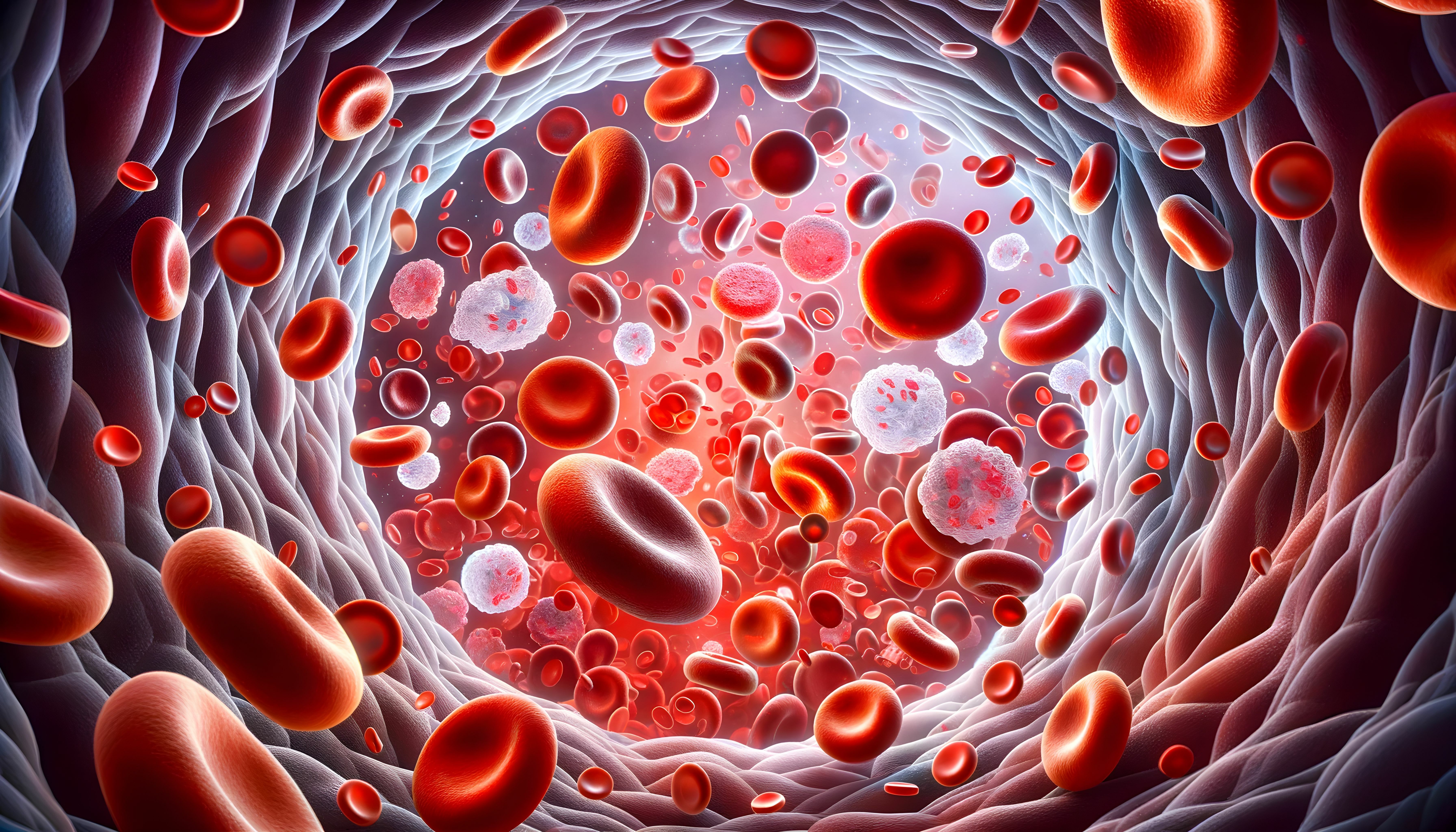Video
Dr Scott Soefje Says New Biosimilar Workflow "Completely Simplified the System"
Author(s):
Scott Soefje, PharmD, director of pharmacy cancer care at Mayo Clinic, explains how education can help with biosimilar adoption and how an updated biosimilar workflow has simplified the prior authorization process.
The new biosimilar workflow greatly simplifies processes, but even so, we have to educate physicians on why they should use it and how it benefits them, said Scott Soefje, PharmD, director of pharmacy cancer care at Mayo Clinic.
Transcript
What can managed care professionals do to improve biosimilar education and adoption?
We were talking about this in a session I was in recently, and what we're seeing is, as a biosimilar comes out into a specialty area, there's initial resistance from providers, nurses, sometimes pharmacists. So there's some education [needed] on why biosimilars are important. What we're finding is that as people get comfortable with biosimilars, the adoption becomes easier. We've reached the point in oncology where the oncologists are telling me, "I don't care. I just want to order the drug. You choose which one." As we move into other specialties, we'll get there eventually, but it's going to take a little bit of time.
And then the same thing with patients. We have to explain to patients why biosimilars are not generics, but why biosimilars are important for them for cost savings and that they are not going to compromise their safety or efficacy. As we get that education out, then the biosimilar adoption becomes easier.
How does the new biosimilar workflow differ from the current one, and how does that benefit different stakeholders in the managed care space?
When we developed our biosimilar implementation, we wanted to take the provider out of the process. What we were finding is that we would send a message to our prior authorization [PA] team, [and] the PA team would find that, for whatever reason, the payer was not paying for product A, it needed biosimilar B, or vice versa. And so, if we sent it back to the provider, inevitably they would choose the wrong thing—it was very complicated. They're so busy, they really just didn't have time to do it.
We decided to build a workflow that was pharmacy centric. We have a policy that says biosimilars are therapeutically equivalent. We set up our electronic health record with the capacity to instantly switch from biosimilar to biosimilar. So now the workflow goes, the physician orders our defaulted product in the treatment plan [and] prior authorization tries to get prior authorization for the defaulted product, which is our preferred product at Mayo Clinic. If, for some reason, the payer says, "That's not the one we will reimburse," then the prior authorization team sends an M-Basket message to the pharmacist saying, "This is approved, but you have to change it to product X." The pharmacist then has the authority to go in and just make that switch.
And the way the electronic medical record is set up, it's basically right click and a radio button; you just change the radio button and then everything flows the way it's supposed to flow. Completely simplified the system.
Again, it's a buy-in. Back to the question before about getting an education. We have to convince the physicians that this is the right thing to do, that it's easier for them, the biosimilars are safe and effective. But once all of that fell into place, this workflow just works very nicely. I've heard several other institutions have developed something similar.

Navigating Sport-Related Neurospine Injuries, Surgery, and Managed Care



